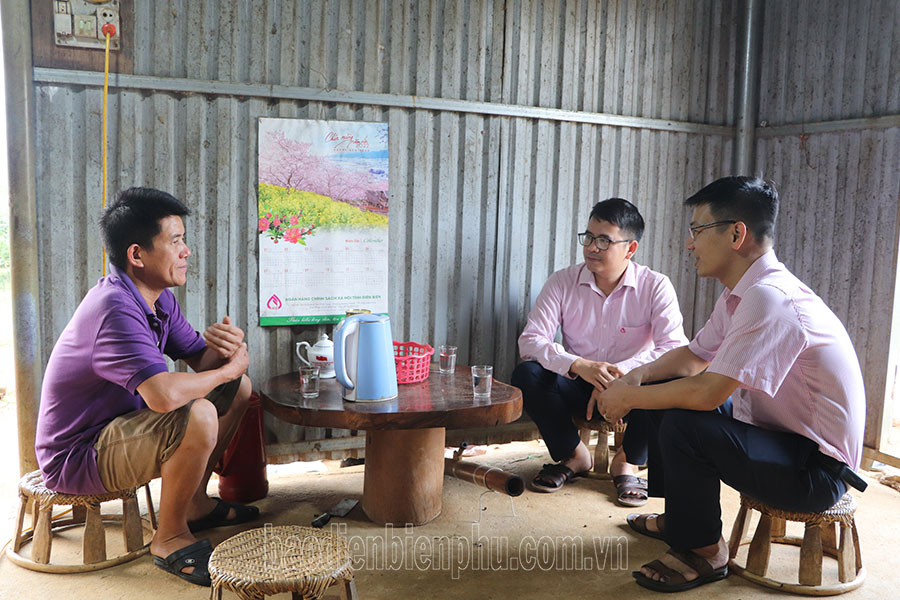
The Transaction Office of the Social Policy Bank of Tua Chua district has proactively developed a plan, and implemented propaganda, training, and coaching on social policy credit capital management for 100% of the entrusted associations and organizations, focusing on loans for poverty reduction and new rural construction. Thanks to that, policy beneficiaries, poor households, near-poor households or those with difficulties in capital for production and business development can easily access preferential loans to invest in business and improve their lives.
Up to now, social policy credit capital has "covered" 100% of communes and towns in the whole district, focusing on priority lending in ethnic minority areas, disadvantaged areas and investing in key areas with high poverty rates and communes building new rural areas. Policy credit capital is integrated with agricultural and forestry extension work, and crop and livestock conversion to effectively implement the goal of sustainable poverty reduction and building new rural areas in the locality.
Previously, Dieu Chinh Luyen's family was one of the poor households in Huoi Luc village, Tua Chua town. In 2018, his family had access to a loan program for production, business, and job creation from the Social Policy Bank with an amount of 100 million VND. Luyen's family invested in a garden, pond, and barn model. Thanks to the effective use of the loan, his family had a stable income and escaped poverty. Luyen shared: With the loan from the Social Policy Bank, I invested in barns to raise buffalo, pigs, chickens, and dug a pond to raise fish. Up to now, my family's economic model has developed well, generating an annual income of 80 - 100 million VND.
The case of Mr. Luyen's family is one of the typical examples of effective use of loan capital to escape poverty, contributing to the construction of new rural areas in the district. According to statistics, the Transaction Office of the Social Policy Bank of Tua Chua district is currently implementing 15 lending programs. In 2022, the total outstanding balance of policy credit programs was over 422 billion VND with 8,101 poor households and policy beneficiaries receiving loans. By October 2023, the total outstanding balance of credit programs in the area was over 455 billion VND, with 8,335 households borrowing capital with outstanding loans. Some programs have large lending turnover, such as: Loans for poor households of nearly 33 billion VND; loans for households producing and doing business in difficult areas of nearly 13 billion VND; poor and near-poor households of nearly 5.6 billion VND; loans to households that have just escaped poverty of nearly 3 billion VND... In particular, the capital source deployed for lending to households of ethnic minorities and mountainous areas has an outstanding loan balance of more than 7 billion VND, accounting for 1.58% of the total outstanding loan balance; more than 180 households have received loans to repair and renovate their houses. Each household can borrow a maximum of 40 million VND from policy credit capital.
According to the assessment of the Transaction Office of the Social Policy Bank of Tua Chua district, the policy credit capital has contributed to changing the face of rural areas, the economic and social infrastructure system has been increasingly improved, cultural values have been preserved, political security has been maintained, and the material and spiritual life of the people has been increasingly improved. Although up to now, Tua Chua district has not had a commune recognized as meeting the new rural standards, this is a premise and condition for the district to strive to build a new rural area. In the coming time, the Social Policy Bank will continue to closely coordinate with local Party committees, authorities, and entrusted organizations to improve credit quality, transaction activities in communes, and activities of savings and loan groups. Regularly review and count the number of poor households, near-poor households and other policy beneficiaries in need of loans to create conditions for timely loans, contributing to the successful implementation of the National Target Program on New Rural Construction in the district.
Source



![[Photo] Looking back at the impressive moments of the Vietnamese rescue team in Myanmar](https://vstatic.vietnam.vn/vietnam/resource/IMAGE/2025/4/11/5623ca902a934e19b604c718265249d0)
![[Photo] "Beauties" participate in the parade rehearsal at Bien Hoa airport](https://vstatic.vietnam.vn/vietnam/resource/IMAGE/2025/4/11/155502af3384431e918de0e2e585d13a)



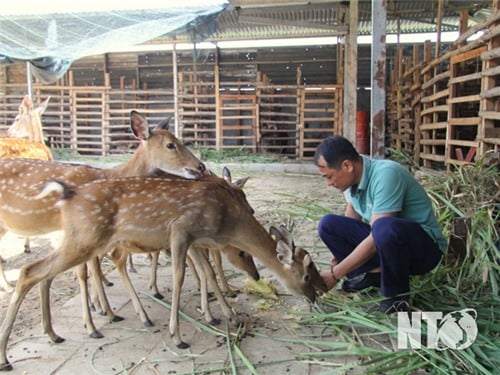

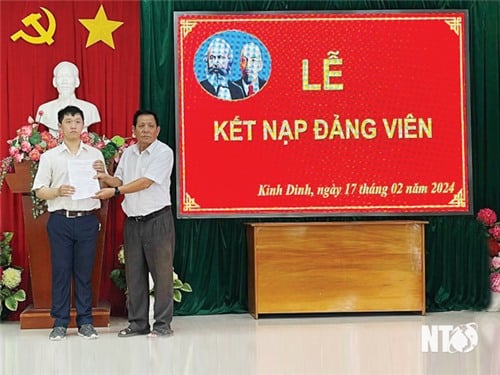
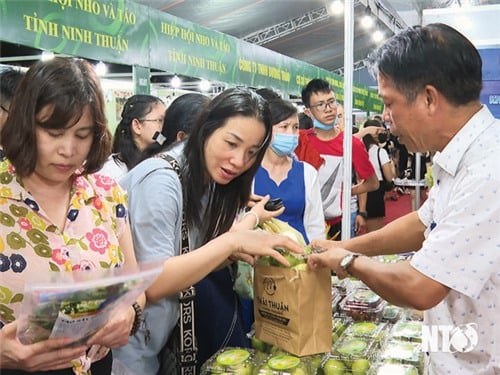

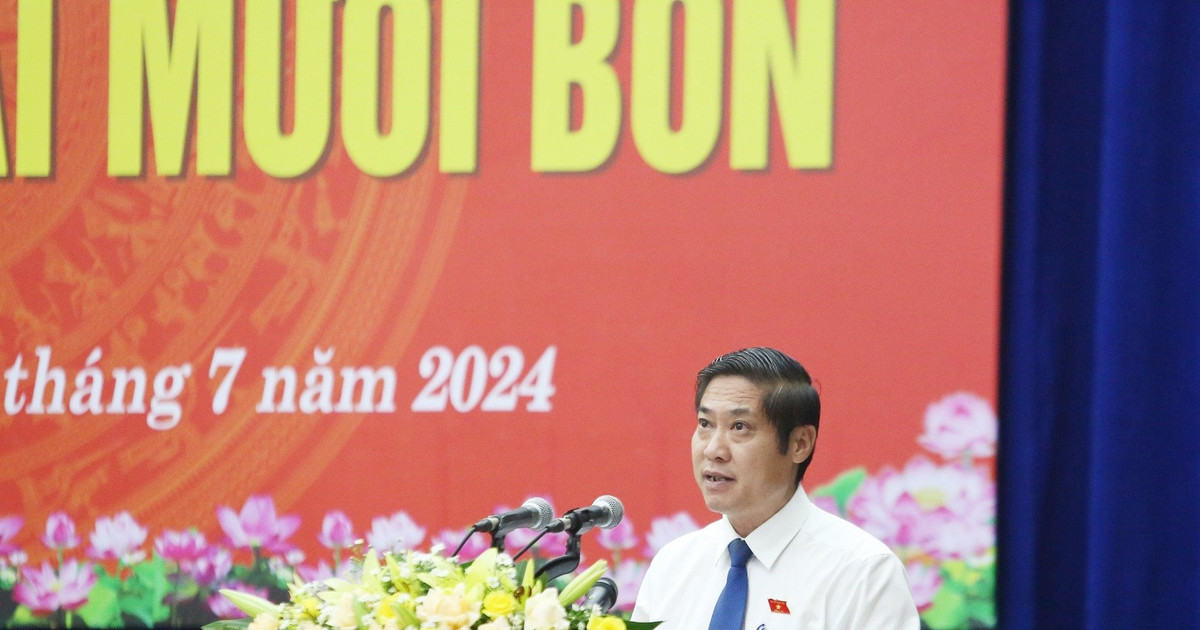
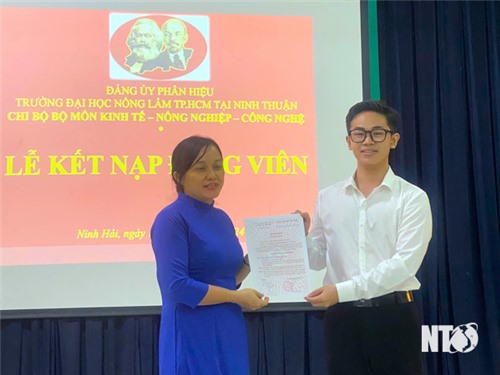
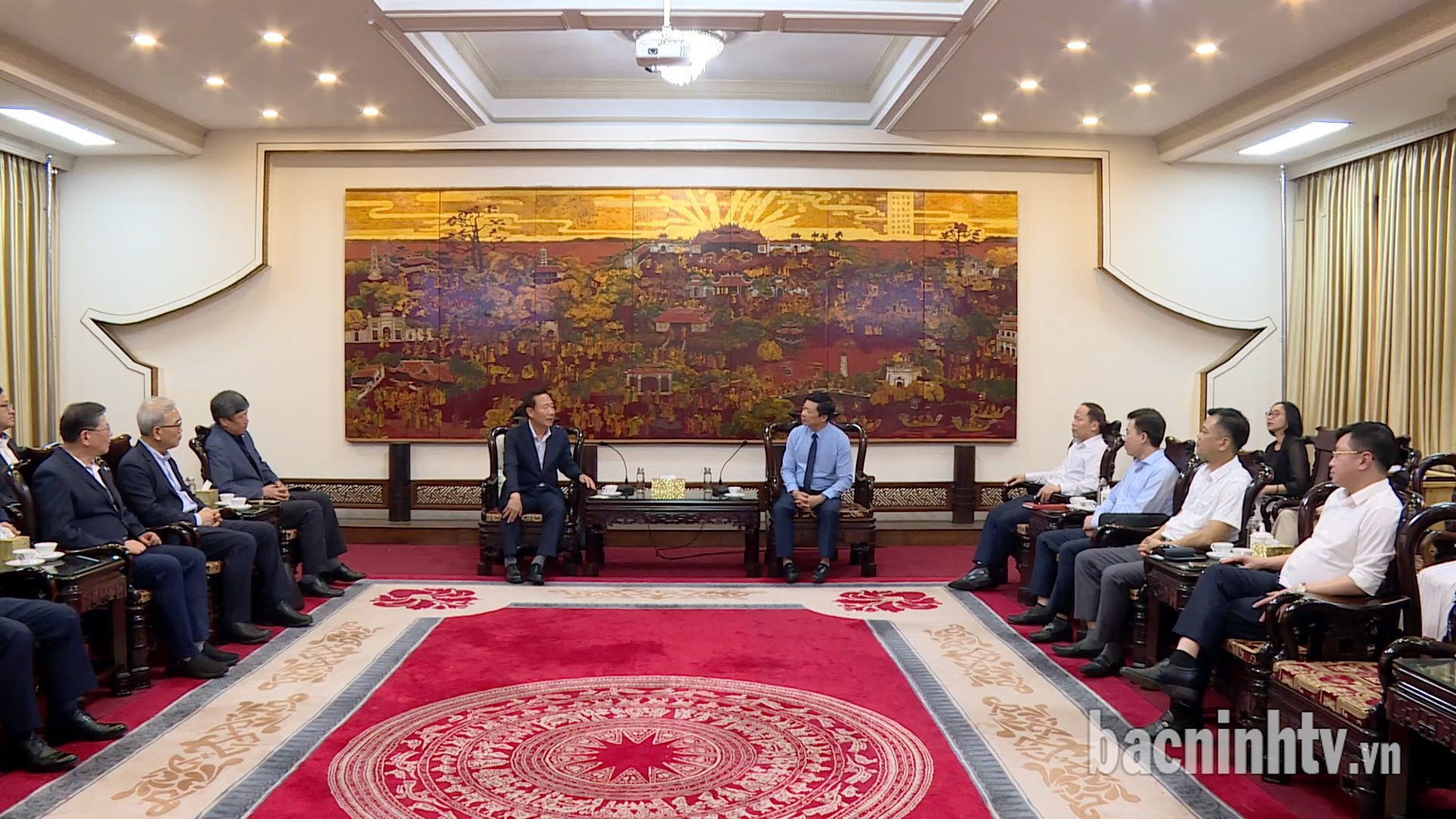
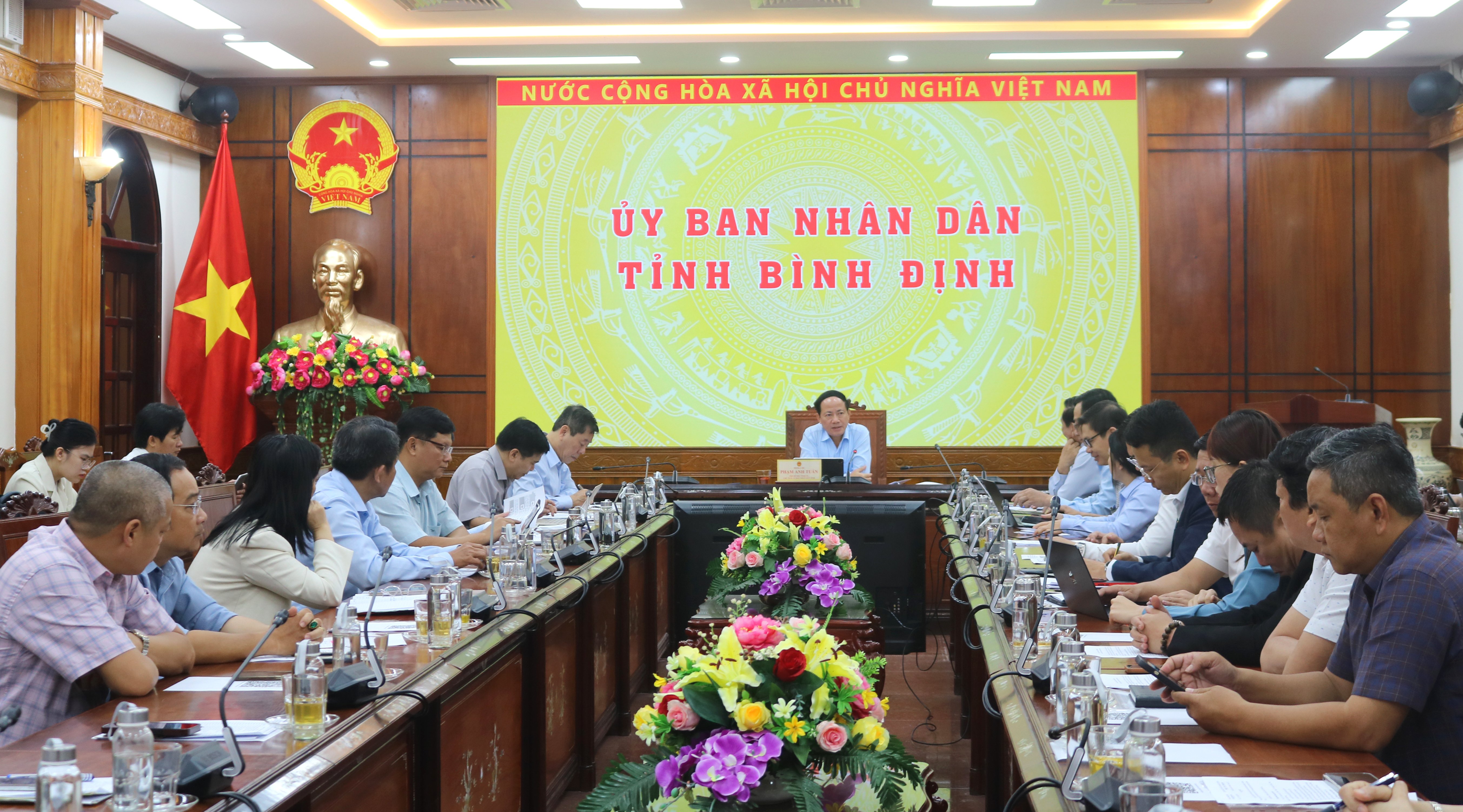
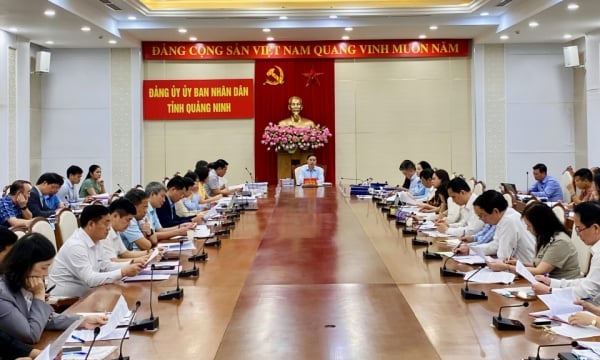
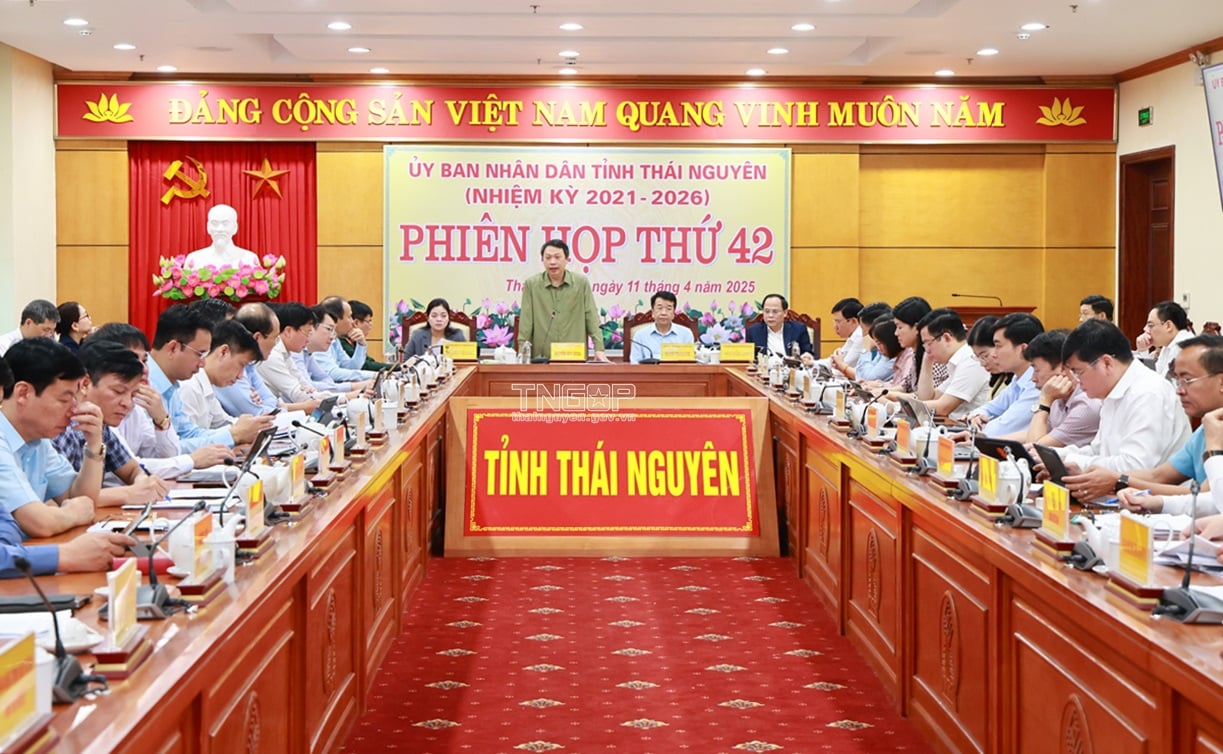
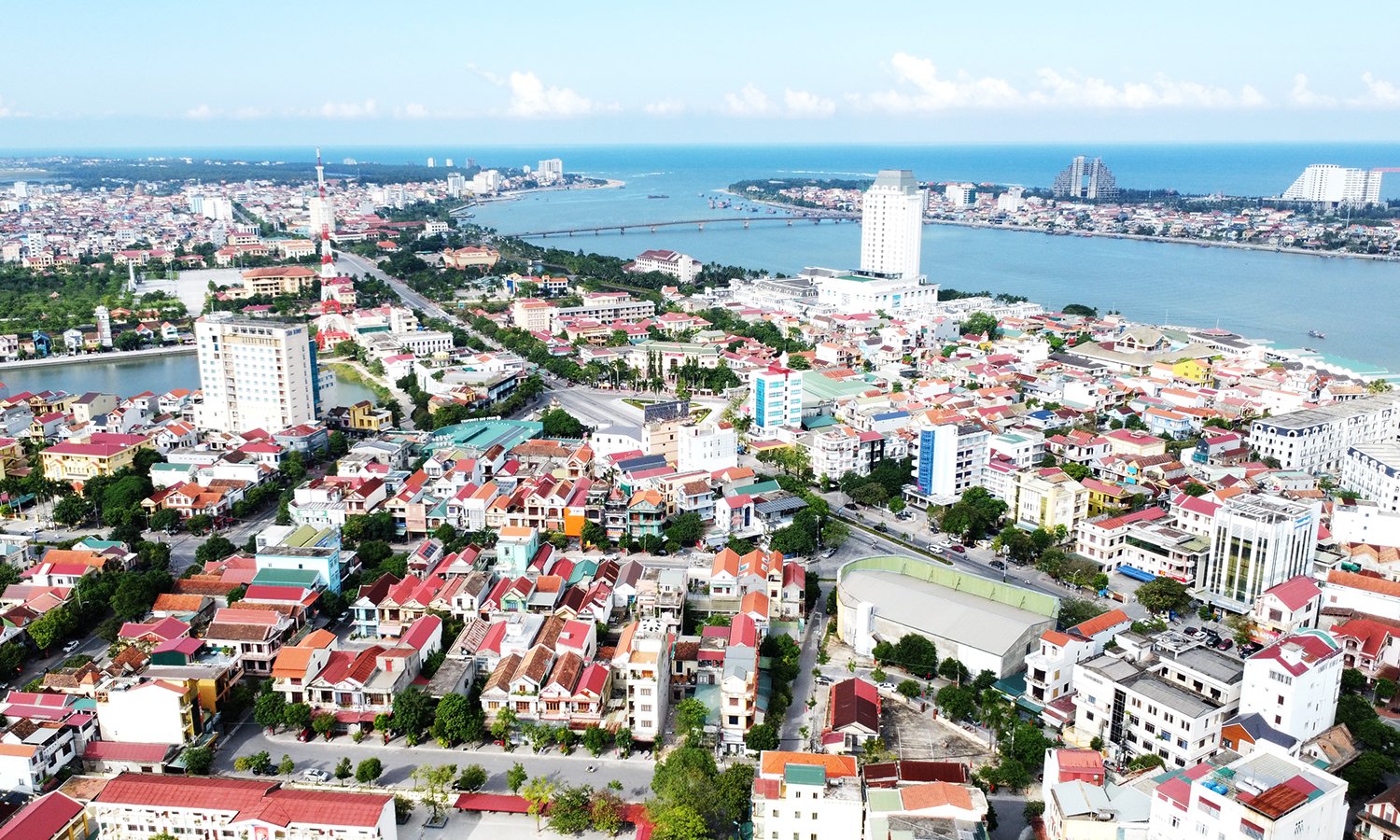
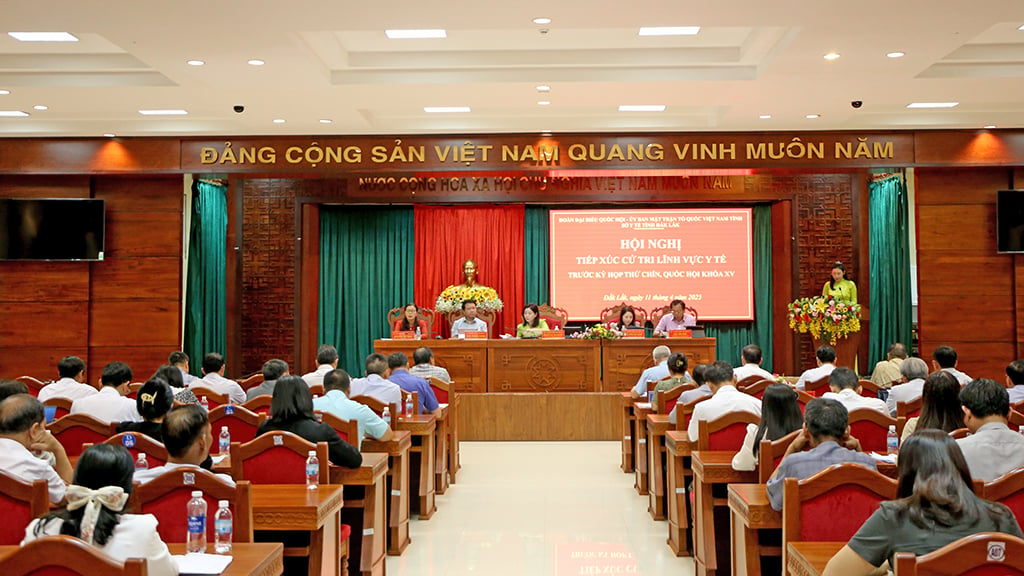


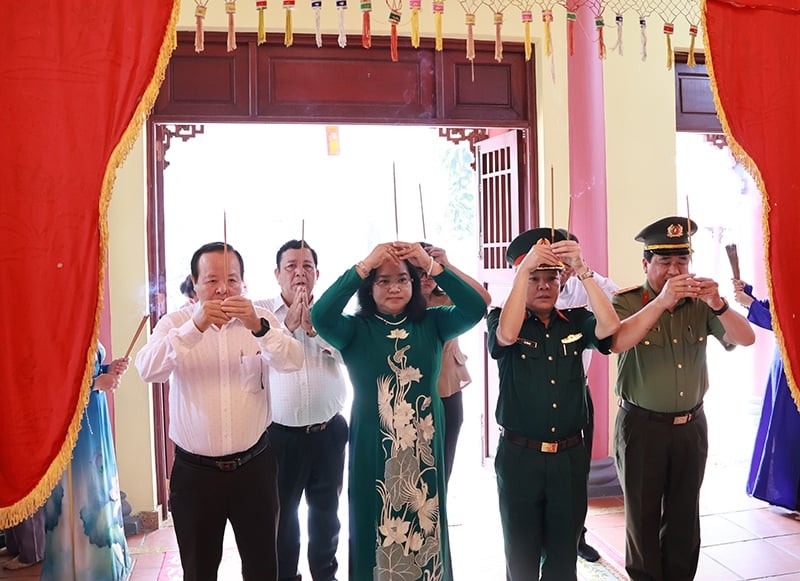



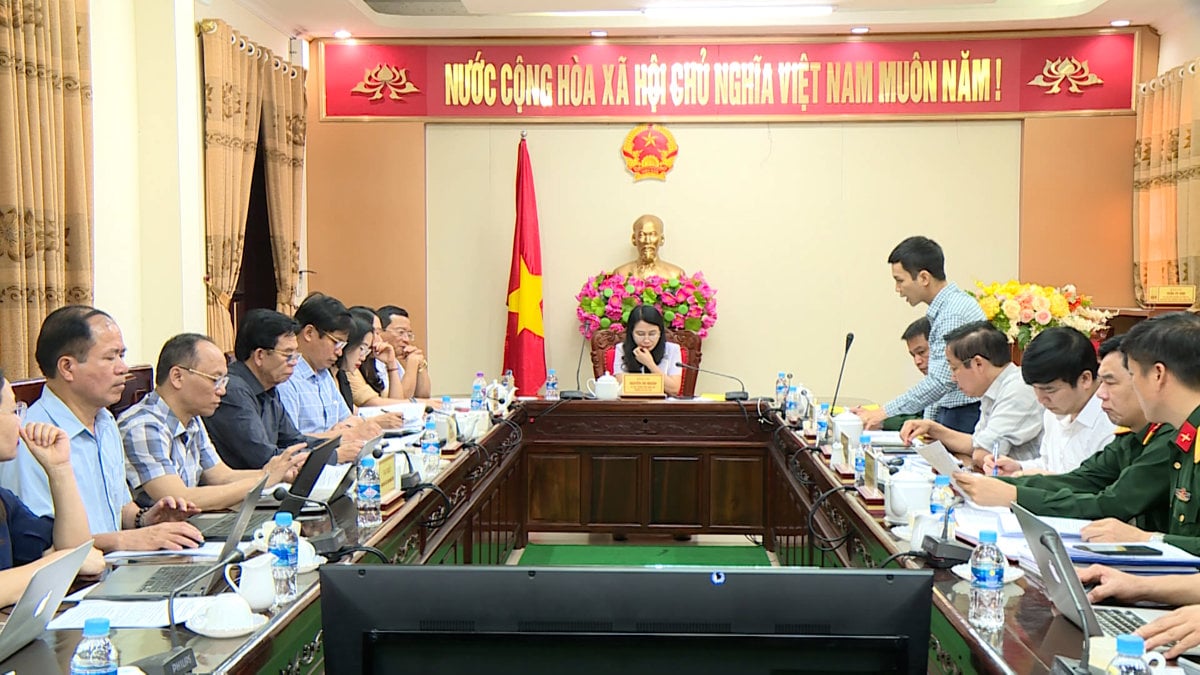
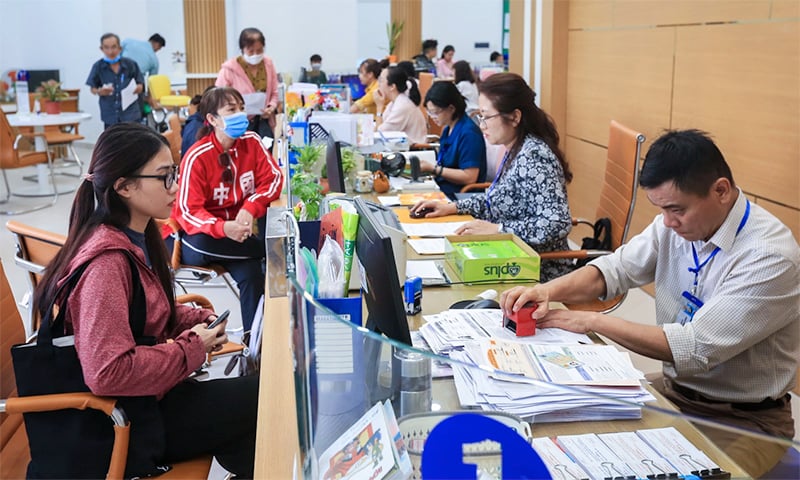
![[Photo] Summary of parade practice in preparation for the April 30th celebration](https://vstatic.vietnam.vn/vietnam/resource/IMAGE/2025/4/11/78cfee0f2cc045b387ff1a4362b5950f)





































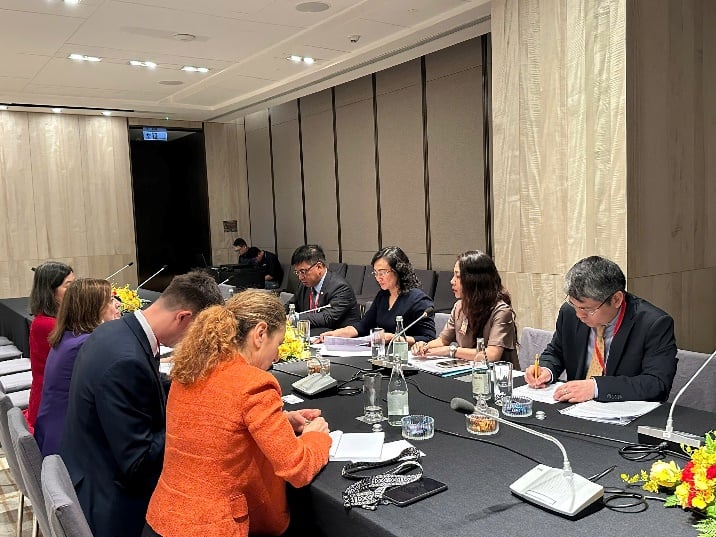



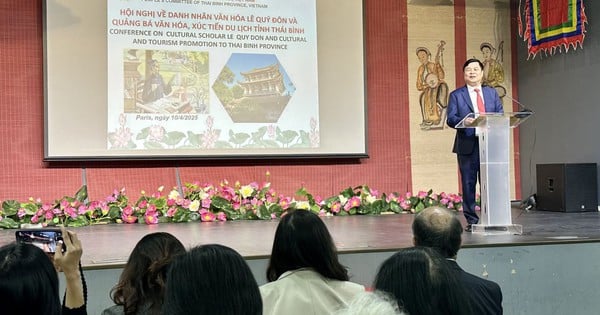
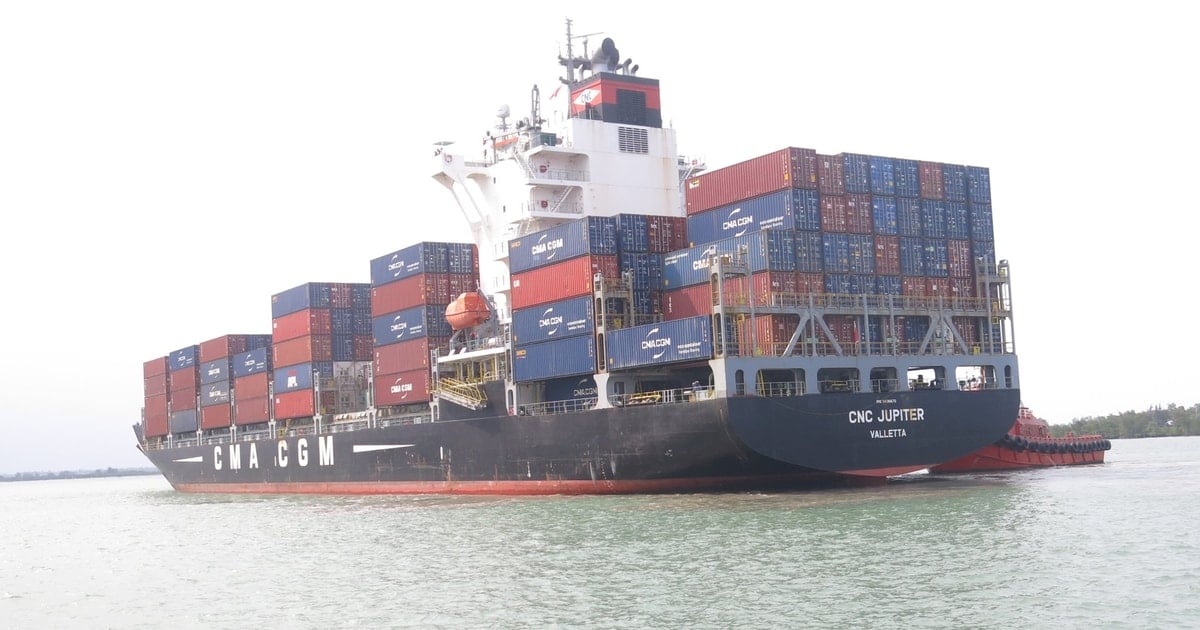



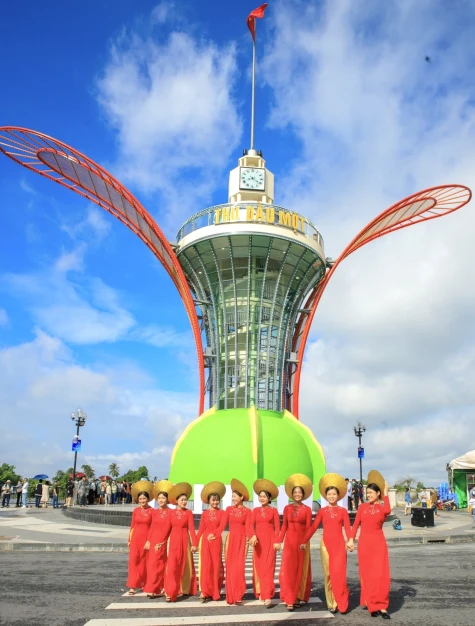














Comment (0)